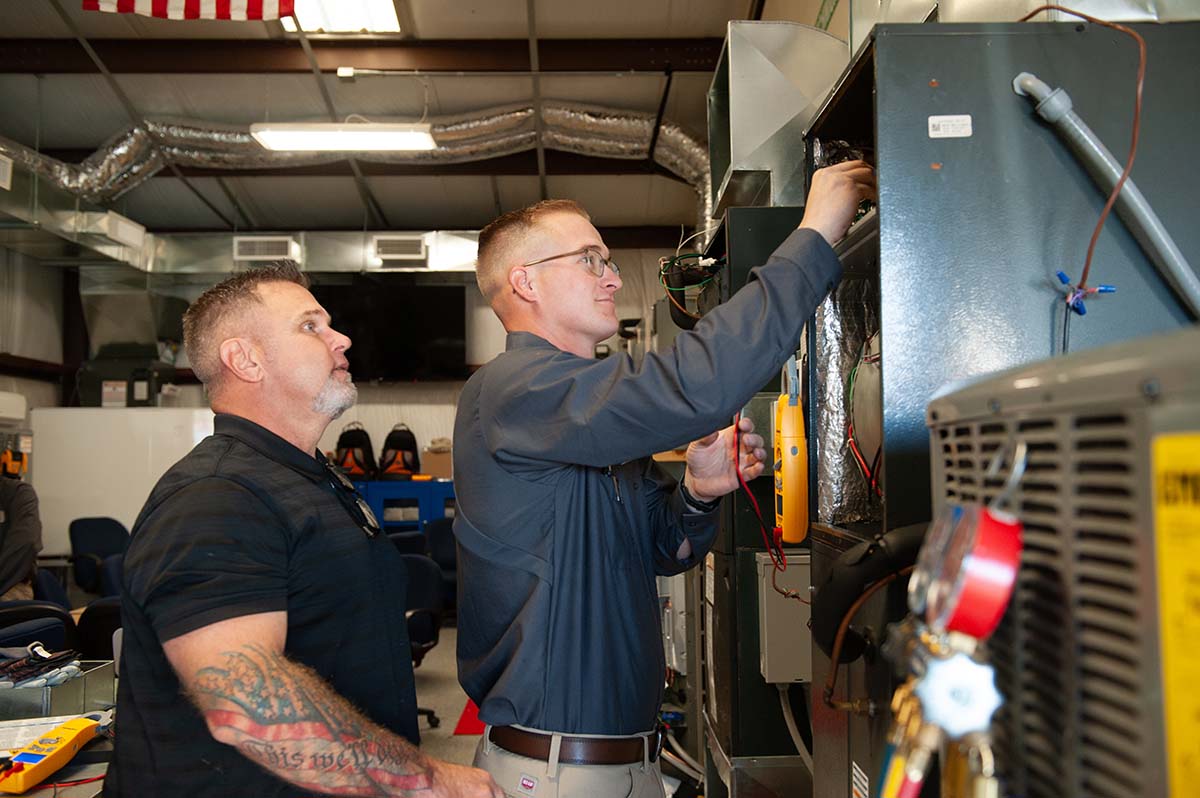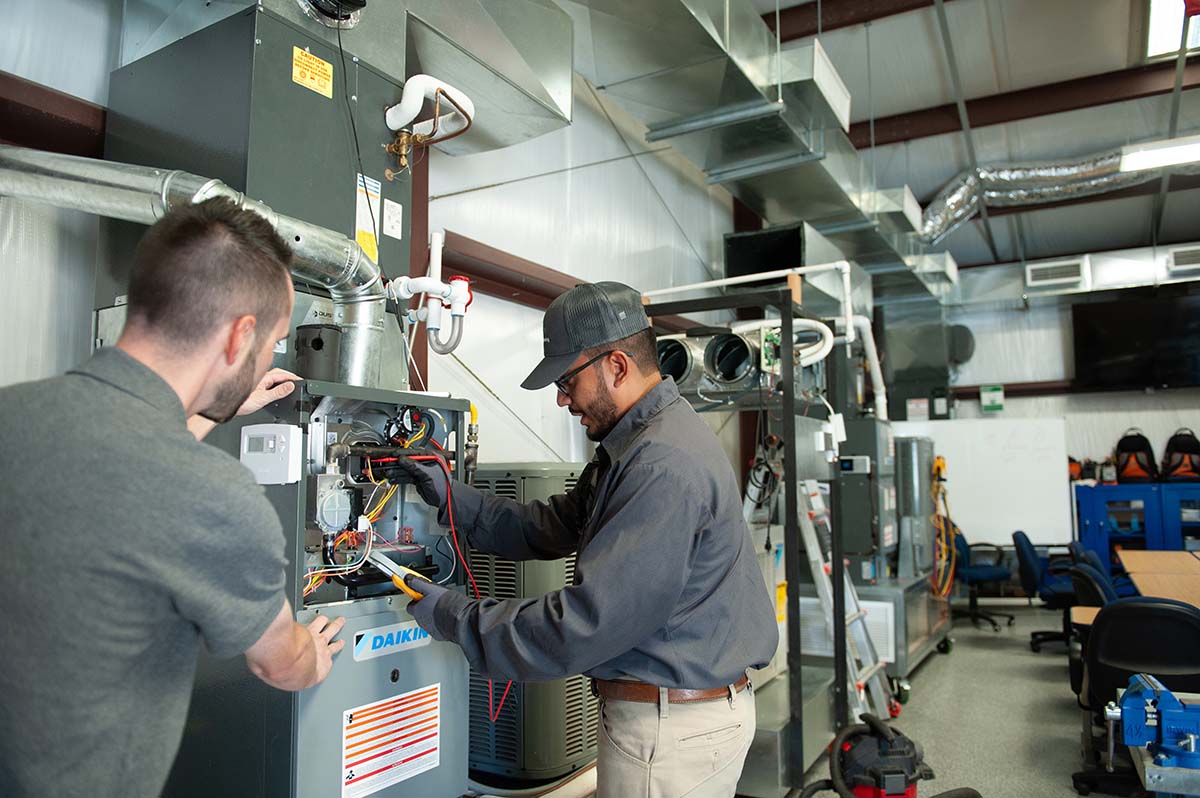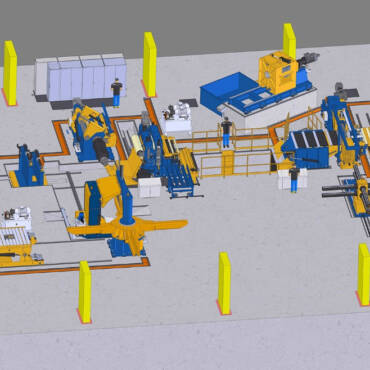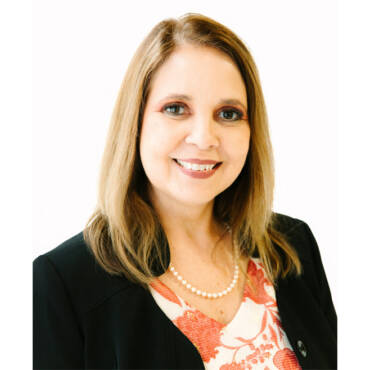✕
HVAC system prices have surged over recent years, driven by rising costs of raw materials, persistent supply chain issues, strong consumer demand, and higher operating costs for manufacturers. Federal regulations like the Department of Energy’s (DOE’s) updated minimum energy efficiency standards and the Environmental Protection Agency’s (EPA’s) AIM Act have also contributed to the increased cost of equipment.
Under the AIM Act, manufacturers must stop producing R-410A systems after December 31, 2024, prompting the release of new units that use lower-GWP refrigerants such as R-32 and R-454B. These new, mildly flammable A2L systems include enhanced safety features, including refrigerant detection systems and spark-proof wiring, making them more expensive than R-410A models. Meanwhile, the cost of R-410A systems is also expected to increase as inventory declines over the next year, with installations of new systems permitted only until December 31, 2025.
As consumers bear the brunt of these price hikes, contractors are increasingly concerned about how much more they are willing to pay.

TROUBLESHOOTING TIME: Training coordinator, Erik Springsteen (left) helps service technician, Joel Hathaway, troubleshoot an equipment problem in the company’s authorized Daikin training facility. (Courtesy of Green Valley Cooling & Heating)
High Prices
Over the past few years, Joanna Buglewicz, president and owner of Green Valley Cooling & Heating in Green Valley, Arizona, has seen notable price increases on HVAC equipment, a trend she believes is likely to continue as regulatory changes drive updated equipment requirements.
“I expect these price increases may surpass those of recent years, given the industry’s shift to comply with regulatory changes and environmental standards,” she said. “My hope, however, is that after this adjustment period, pricing will begin to stabilize.”
That may not happen for a while, as Buglewicz has learned that prices for A2L equipment will rise, with the extent of the increase varying by component. “Condensers are anticipated to rise by 3% to 8% and furnaces and coils by 5% to 11%. As for R-410A units, we haven’t received specific information regarding pricing changes, but we are experiencing some availability challenges. While R-410A systems remain generally accessible, certain product lines, particularly single-stage equipment, are showing signs of shortage.”

HVAC REPAIR: Green Valley Cooling & Heating’s authorized Daikin training facility helps maintenance supervisor, Ken White (left) teach service technicians like Josue Lopez-Rosales how to repair HVAC units. (Courtesy of Green Valley Cooling & Heating)
The substantial price increases in HVAC equipment over the past few years have made affordability a growing concern, said Buglewicz, and she expects higher pricing on new equipment could make it even less accessible for some homeowners. That said, homeowners seem to anticipate the increased cost of HVAC equipment, she said, and they recognize that prices have risen almost everywhere in recent years.
“When faced with a significant or costly repair, many are opting to invest in new systems,” said Buglewicz. “For minor repairs, however, most homeowners prefer to proceed with the repair rather than replacing the unit. Financing hasn’t presented any challenges; in fact, we’re seeing more customers than ever taking advantage of financing options for their systems.”
Matt Bergstrom, president of Thornton & Grooms in Farmington Hills, Michigan, is seeing an uptick in repairs, but he doesn’t necessarily think it’s due to the higher cost of equipment. “I think it’s more consumers feeling cautious about the economy, as well as it being an election year.”
Nevertheless, prices are still rising. Bergstrom has noticed a small increase in the price of R-410A systems and about a 10% to 15% increase in the A2L product line. He is also seeing nominal price increases in furnace and coil lines in order to accommodate the safety controls required for the new refrigerants. While he hasn’t experienced any equipment shortages, he noted that some R-410A product lines are being phased out. He is not sure whether or not higher equipment prices will deter customers from buying new systems for several reasons.
“In the Great Lakes area, overall weather has been more moderate rather than extremes,” he said. “In addition, there was a lot of pull-ahead that we had during Covid, where homeowners chose to invest in their homes, because they were spending more time there. I feel like we’ll continue to see rising utility rates with our increased power needs for EVs, AI, and cloud computing centers, and that should make higher efficiency equipment a continued desire for homeowners.”
The higher price of HVAC equipment is a definite concern for John Taft, owner of John Taft Heating & Cooling LLC in Indianapolis, Indiana. He has been educating his customers that starting in January 2025, manufacturers will have to use A2L refrigerants in new air conditioning equipment and that those units will be more expensive. Customers, however, have not been particularly receptive, with some accusing him of just wanting to sell new units, which are already more expensive than they anticipated.
“I have been giving estimates, and a lot of people are very surprised by the cost,” he said. “I explain the increase in equipment prices and how new equipment can help reduce their energy costs. However, they often say they don’t have the money to pay all at once. I’ve been trying to sign up with one of my suppliers for a loan program to offer customers, but I was told their program fell through.”
As he drives through older neighborhoods, Taft still sees a lot of old R-22 units. “I replace capacitors, motors, and contactors and repair broken thermostat wires,” he said. “These people tell me they can’t afford to replace their units. I explain that if they can’t buy from me, there other companies they can talk to, but they usually say they have and can’t get a loan.”
Taft has spoken to several suppliers in Indianapolis who say the new A2L units will be significantly more expensive, and they are concerned about getting equipment in stock. “Contractors will also need to buy new vacuum pumps, recovery machines, and gauges,” he said. “I’m also wondering what impact this mildly flammable refrigerant will have on our business insurance. I’m concerned about whether small contractors will be able to afford it.”
– Alok Maskara
CEO
Lennox
Price Hikes and Availability
And prices of equipment will indeed go up. During its third-quarter earnings call, David Gitlin, chairman and CEO of Carrier, confirmed that prices of their new A2L equipment will be increasing by double digits over the next few years.
“We’ve been very clear that the base price of R-454B will be 10% higher than the base price of R-410A,” he said. “Then to get to the 15% to 20% over two years, you get escalation. And I think that’s appropriate. And I think that once our customers and others, I assume, see the underlying cost impact of having to put additional parts into the R-454B system and different controls and algorithms associated with the A2L — others will price it however they decide to price it — but that’s how we’ve determined it is appropriate for us to price it.”
Regarding the availability of R-410A equipment, Gitlin said that distributors should still have some units in stock going into 2025. That’s because distributors were previously asked to estimate how much inventory they would need on hand by the end of this year to prepare for next year, given that Carrier’s production capacity will be limited.
“We saw very strong orders this quarter, so I think some of that had to do with folks wanting some level of R-410A on the shelf as we enter into next year,” he said. “What we’re trying to do is build the inventory that we think we need going into next year. To determine whether it’s a predelivery — are you delivering in 2024 for demand that would otherwise occur in 2025 — you look at the movement, the underlying demand from our end consumers. The good news is that movement was strong coming out of Q3, and it has been very, very strong in October, much higher than we anticipated. So we will enter next year with some level of R-410A inventory within Carrier. We think it’s for the underlying demand that there will be for the first quarter of next year. But as it looks right now, we don’t see any material predelivery of R-410A this year.”
Gitlin believes Carrier is managing the transition to R-454B effectively, noting that, “We have the R-410A to support our customers this year, and then next year, probably more than 90% of our deliveries will be R-454B.”
During the Lennox third-quarter earnings call, company CEO, Alok Maskara, estimated that for the full year in 2025, approximately 65% of the end-market demand will transition to low-GWP products.
“The first half of the year, specifically the first quarter, we’ll see continued R-410A sales from manufacturers, distributors, and dealers as everyone depletes their regular and pre-bought R-410A inventory,” he said. “Looking further ahead, we anticipate existing R-410A refrigerant will face price increases as supply ebbs and demand moves towards low-GWP products. This will increase cost pressure on repairs, leading to higher demand for system replacements.”
To that end, Lennox’s new A2L system replacements will cost over 10% more than R-410A products, noted Maskara, who added that this higher price may complicate decisions when it comes to repair versus replacement. “So far, there is not a meaningful shift between repair and replace, but we continue to be cautious about it. On the value tier shift, as we went from 13 SEER to 14 SEER, and as we look at the overall state of the economy, we have seen a shift towards more people buying the minimum SEER.”
In addition to the higher cost of R-454B products, Lennox will also be raising prices on its remaining R-410A units next year, said Maskara. “We want to take care of our customers and be fair, but from a demand and supply perspective, if R-410A [equipment] is short in supply, which is what we are experiencing right now, then we fully expect to capture the incremental pricing in 2025 — or any R-410A product sold in 2025…We fully expect R-410A sold in 2025 to be at a higher price than R-410A sold in 2024.”
When it comes to inventory, Maskara said that Lennox’s availability of R-410A products is better than many other manufacturers, which is giving the company an advantage. “We made a bet that throughout this year, R-410A demand would be higher, and the shift to R-454B would only happen next year. I believe some of the competitors may have made a different bet, and they may have run out of products.”
Maskara said that Lennox distributors are moving away from destocking, and that they’re going back to normal inventory levels that existed pre-Covid. “We haven’t seen them taking extraordinary measures to stock up,” he said. “Now, I think in Q4, they might do some R-410A pre-buy to get some price advantage versus R-454B. But I have not seen any big push to stock up — at least from our distributors that we work with.”
In the third-quarter earnings call, David Regnery, CEO of Trane, said he expects to see a modest pre-buy of R-410A equipment in 2024, which will largely impact revenues in the first quarter of 2025. He believes that approximately 75% of residential demand in 2025 will be for R-454B equipment.
“If you think about inventory in the channel — three months of inventory is probably a good average to use — so by definition, you’re going to be at 75%,” said Regnery. “Now, it probably won’t be linear, it will all be in the back half. You’ll have some of the R-410A that will sell throughout the year, but we’ll probably be in that 75%, 80% range in resi[dential]. Commercial will be a lot higher — probably in the 90%-plus range.”
Price increases for A2L equipment are also coming and will be in the “high-single-digit range,” said Chris Kuehn, executive vice president and chief financial officer at Trane. “There is more cost associated with the products for many reasons — the refrigerant, the sensors, etc. Our target is to be margin neutral here as we think about pricing and cost for end customers.”
Whether you require installation, repair, or maintenance, our technicians will assist you with top-quality service at any time of the day or night. Take comfort in knowing your indoor air quality is the best it can be with MOE heating & cooling services Ontario's solution for heating, air conditioning, and ventilation that’s cooler than the rest.
Contact us to schedule a visit. Our qualified team of technicians, are always ready to help you and guide you for heating and cooling issues. Weather you want to replace an old furnace or install a brand new air conditioner, we are here to help you. Our main office is at Kitchener but we can service most of Ontario's cities
Source link


